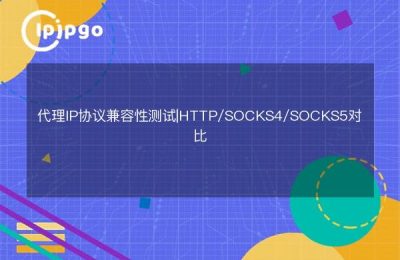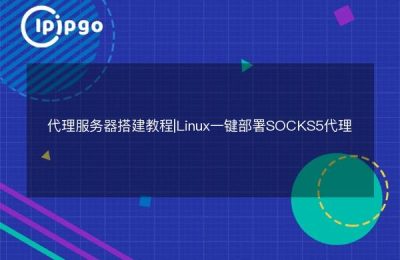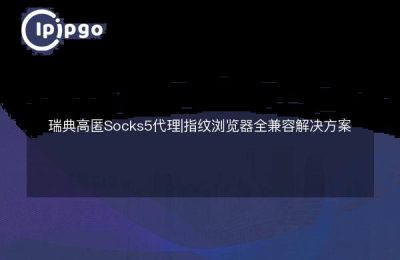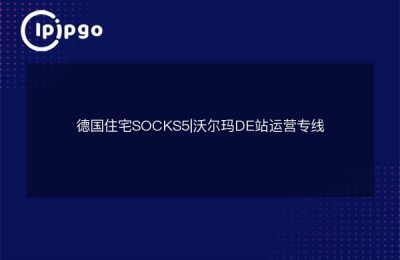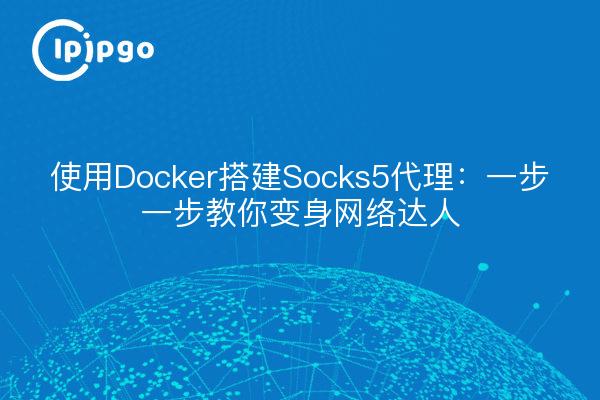
The world of the Internet is like an ocean, and sometimes we need a boat to cross this ocean, and a Socks5 proxy is like this boat. Today, we will talk about how to use Docker to build a Socks5 proxy, so that you can swim in the ocean of the network.
What is a Socks5 proxy?
Socks5 proxy is a network protocol that helps you transfer data between different networks. Simply put, it acts as an intermediary that helps you pass requests from one place to another. Compared to HTTP proxies, Socks5 proxies are more flexible and can handle various protocols and traffic types.
Why Docker?
Docker is an open-source platform that allows applications and their dependencies to be packaged into a container for cross-platform operation. There are many advantages of using Docker to build a Socks5 proxy, such as simple deployment, high environment consistency, and easy management.
preliminary
Before you begin, you need to make sure that Docker is installed on your system. if it is not installed yet, you can head over to the Docker website to download the installer and follow the instructions. Once the installation is complete, you can verify that Docker was installed successfully by using the following command:
docker --version
If you see output similar to `Docker version 20.10.7`, Docker has been successfully installed.
Pulling a Docker image
Next, we need to pull a Socks5 proxy image from Docker Hub. Here, we choose the image `serjs/go-socks5-proxy`. Use the following command to pull the mirror:
docker pull serjs/go-socks5-proxy
This mirror is very lightweight and easy to configure, making it perfect for newbies.
Running the Socks5 proxy container
After pulling the image, we can use the following command to run the Socks5 proxy container:
docker run -d -p 1080:1080 serjs/go-socks5-proxy
Here the `-d` parameter means running the container in the background and `-p 1080:1080` means mapping the container's port 1080 to the host's port 1080. After a successful run, you can view the running containers with the following command:
docker ps
If you see a container similar to `serjs/go-socks5-proxy` running, our Socks5 proxy has started successfully.
Configuring the Agent
Now, our Socks5 proxy is running locally on port 1080. Next, we need to configure the proxy in our browser or other application. For example, in Chrome, we can configure the proxy by following these steps:
1. Open Chrome, click the menu button in the upper right corner, and select "Settings".
2. On the Settings page, scroll down to find the "Advanced" option and click to expand it.
3. In the "System" section, click "Open proxy settings".
4. In the pop-up window, select "LAN Settings".
5. Check "Use proxy server for LAN" and enter `127.0.0.1' in the "Address" field and `1080' in the "Port" field.
6. Click "OK" to save the settings.
This way, your Chrome browser will access the web through the Socks5 proxy.
Common Problems and Solutions
In the process of using it, you may encounter some problems. Here is a list of some common problems and solutions:
1. Agent cannot connect
If the agent fails to connect, first check if the Docker container is running properly. You can use the `docker ps` command to check the container status. If the container has stopped running, try restarting it.
2. Slow access
If the access speed is slow through the proxy, you can check whether the network environment is stable or try to change the proxy server.
3. Proxy configuration does not take effect
If the proxy configuration does not take effect, check that the proxy settings in the browser or application are correct and make sure that the address and port are filled in correctly.
summarize
With the above steps, we have successfully built a Socks5 proxy using Docker. This process is not only simple, but also very practical. Whether it's for privacy protection or for accessing some specific network resources, Socks5 proxy is a very good choice. I hope this article can help you better understand and use Socks5 proxy to make your network journey smoother.

